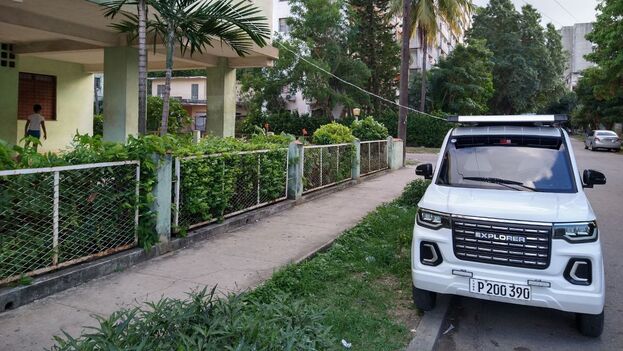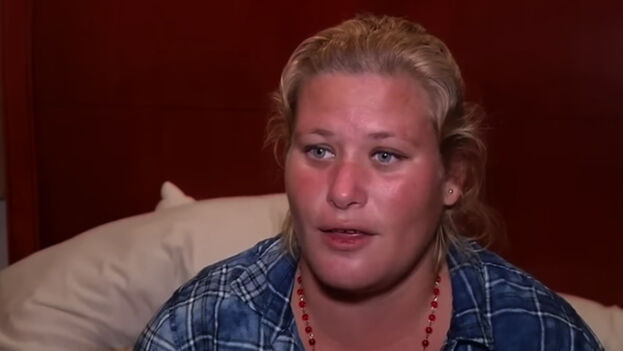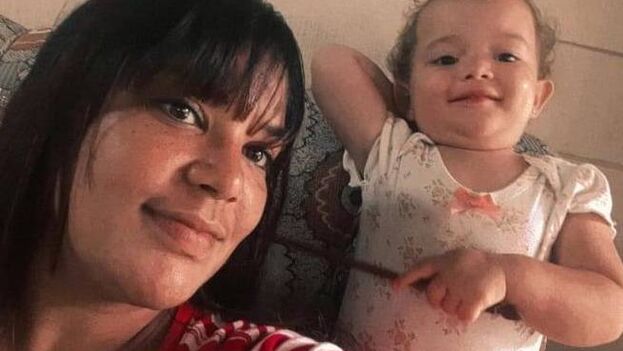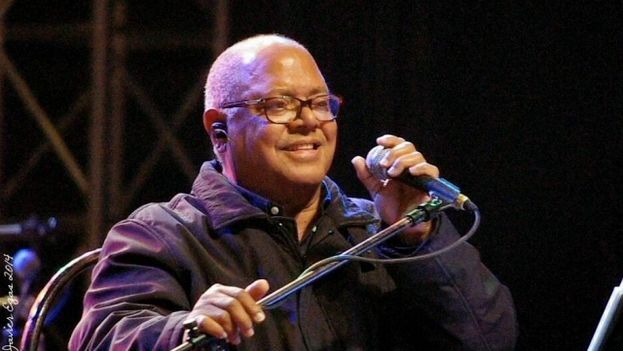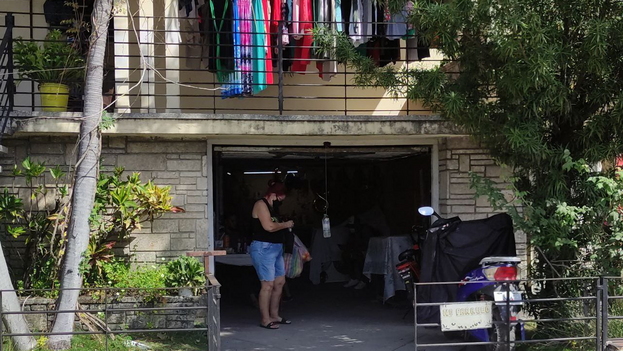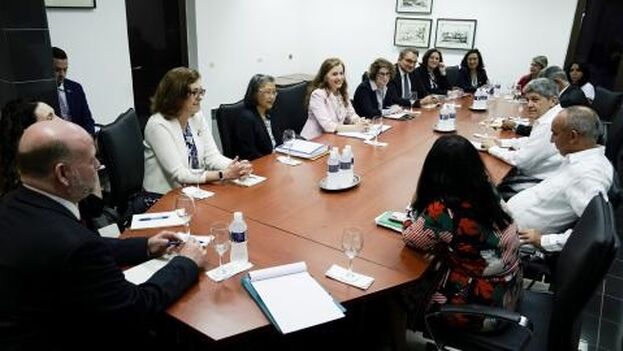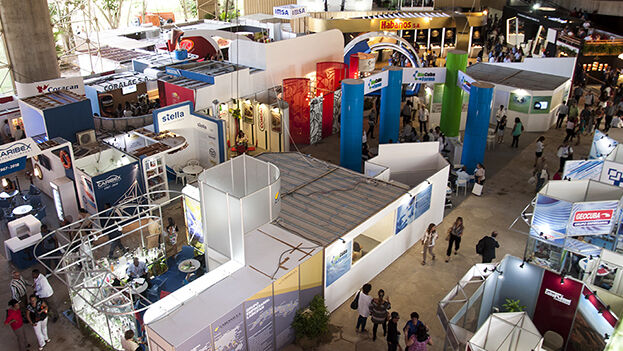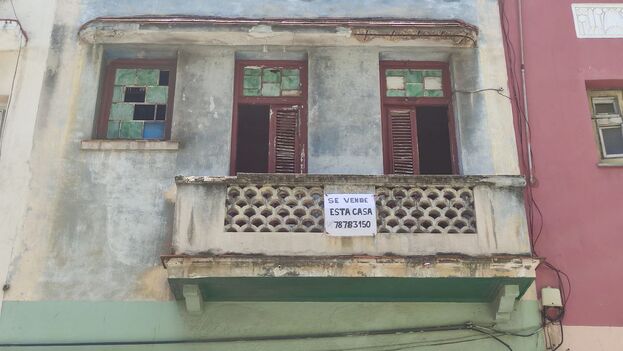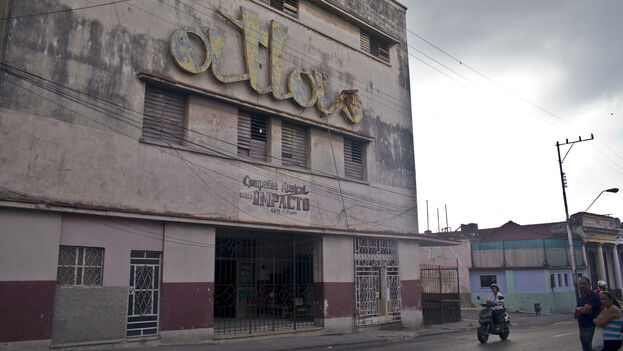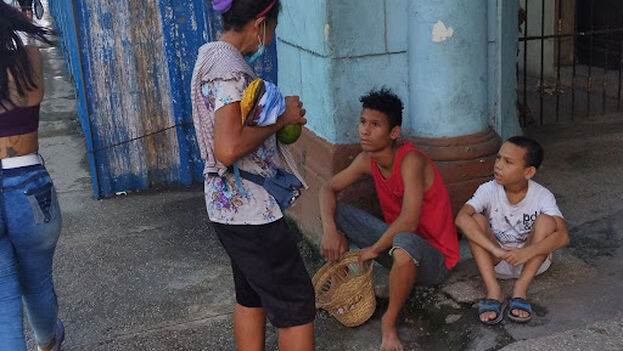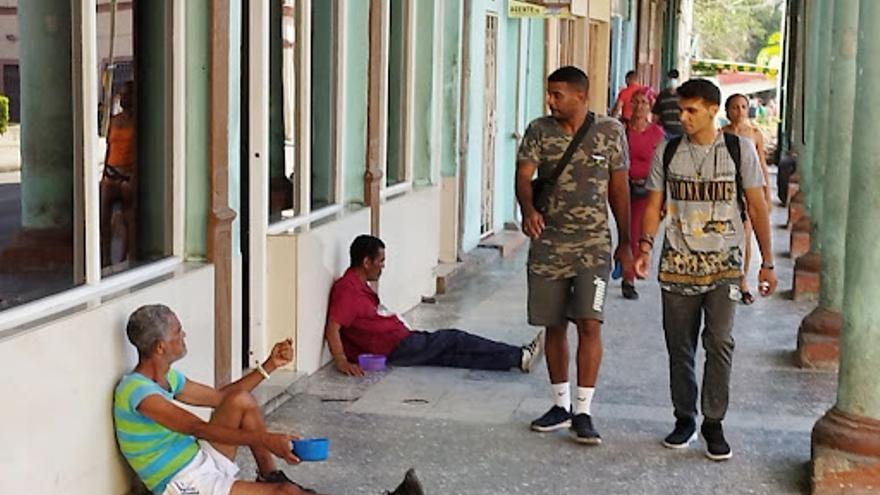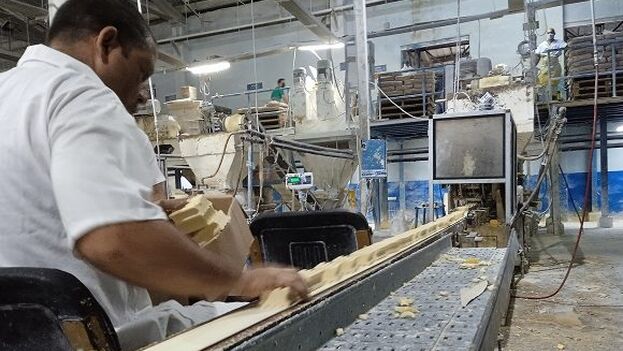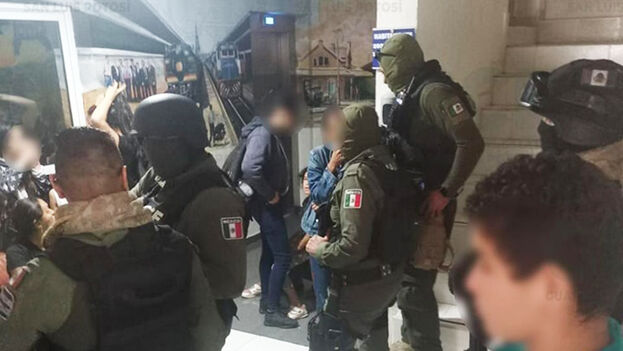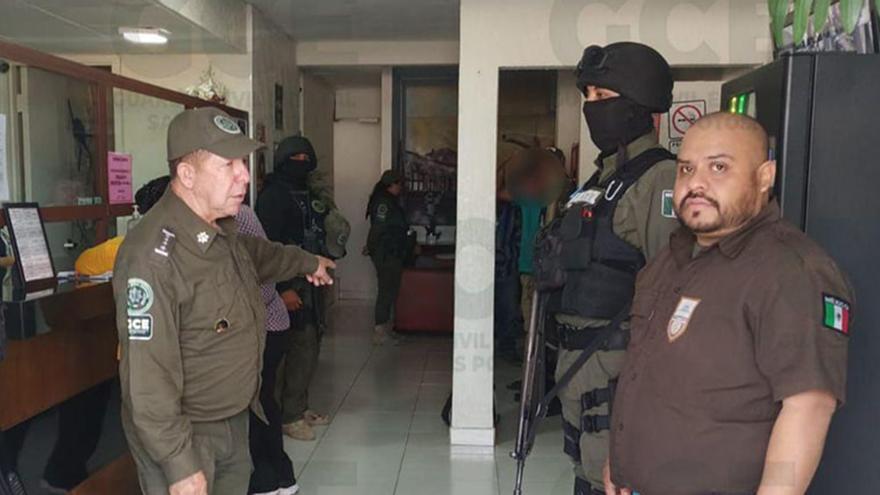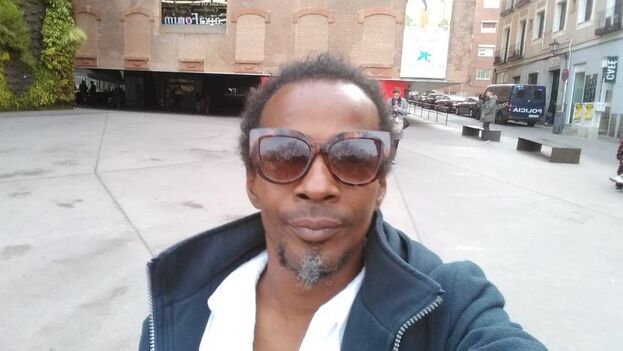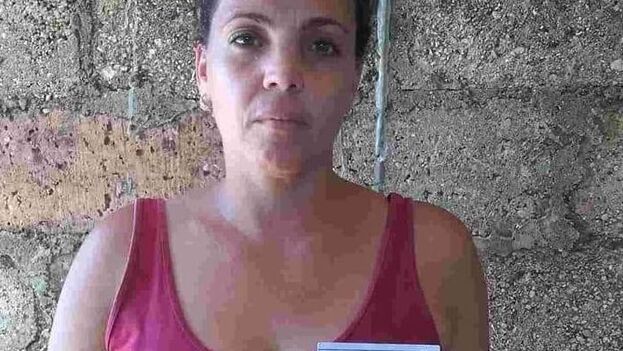
![]() 14ymedio, Havana, 9 November 2022 — Cuban activist Angélica Garrido has spent more than 50 days in a punishment cell at Gustavo Prison, Havana. Luis Rodríguez Pérez — her husband and brother-in law of the writer Maria Cristina Garrido, imprisoned along with her sister for taking part in the 11J (11 July 2021) protests — denounced that according to the Island’s Penal Code no woman can be locked up for more than 10 days in such a cell.
14ymedio, Havana, 9 November 2022 — Cuban activist Angélica Garrido has spent more than 50 days in a punishment cell at Gustavo Prison, Havana. Luis Rodríguez Pérez — her husband and brother-in law of the writer Maria Cristina Garrido, imprisoned along with her sister for taking part in the 11J (11 July 2021) protests — denounced that according to the Island’s Penal Code no woman can be locked up for more than 10 days in such a cell.
After a prison visit on Saturday, Rodríguez exposed on Facebook that Angélica is confined in conditions of absolute squalor, living with lice and scabies and with frogs inside of the cell.
“In that cell, the water she uses to clean up, to bath, and to drink, is from a small tube that protrudes from, and is just a few centimetres away from the latrine — that is, from the hole in the floor where she does her business; it’s all mixed up there”, Rodríguez complained bitterly on Radio Martí.
He added that he had taken her some medication for the lice; the lack of hygiene in the cell, the smallest and roughest of all of the cells, continues to deteriorate her health. His wife told him that her “brothers in freedom” and her religious beliefs gave her the strength to resist the prison hardship.
In his message, Rodríguez poured insults on Cuban diplomats who defend the regime at the UN, dressed up luxuriously whilst political prisoners suffer the most dreadful conditions in Cuban prisons.
In another message on Tuesday, Rodríguez also reported that his sister-in-law, María Cristina Garrido, was tortured in the San José de las Lajas prison, Mayabeque. After dropping the hunger strike that the sisters had been maintaining, María Cristina was separated from Angélica — who remained in the punishment cell of the Technical Investigation Department — and beaten. continue reading
When she arrived at the prison, he said, the officials who took her there made her fall to the ground several times by deliberately tripping her up, causing some damage to her spine. María Cristina had not reacted with any violence which only made the officers redouble their shouting and aggression towards her.
She was taken to the courtyard “where all the cells converge” and they demanded that she shout slogans, like “Viva Díaz-Canel” and “Viva Raúl”. She refused. They hit her again “very hard in her face”. They then took her to a space where she had to sleep standing up, bowed over, and the beatings resumed the next day, Rodríguez Pérez reported.
Angélica and Maria Cristina Garrido have been suffering a clear worsening of their health for months, as have other prisoners of conscience like the activist Lizandra Góngora. Rodríguez has carried messages on several occasions from his wife, his sister-in-law and Góngora to those outside who are fighting their corner.
Translated by Ricardo Recluso
____________
COLLABORATE WITH OUR WORK: The 14ymedio team is committed to practicing serious journalism that reflects Cuba’s reality in all its depth. Thank you for joining us on this long journey. We invite you to continue supporting us by becoming a member of 14ymedio now. Together we can continue transforming journalism in Cuba.

